Slideshow: Ebola Virus Pictures: A Visual Guide


What Is Ebola?
Ebola is a potentially deadly disease caused by a virus. There are six known strains, four of which can make people sick. After entering the body, the virus kills cells, making some of them explode. It wrecks the immune system, causes heavy bleeding inside the body, and damages almost every organ.
The virus is scary, but it’s also rare. You can get it only through direct contact with an infected person’s body fluids.
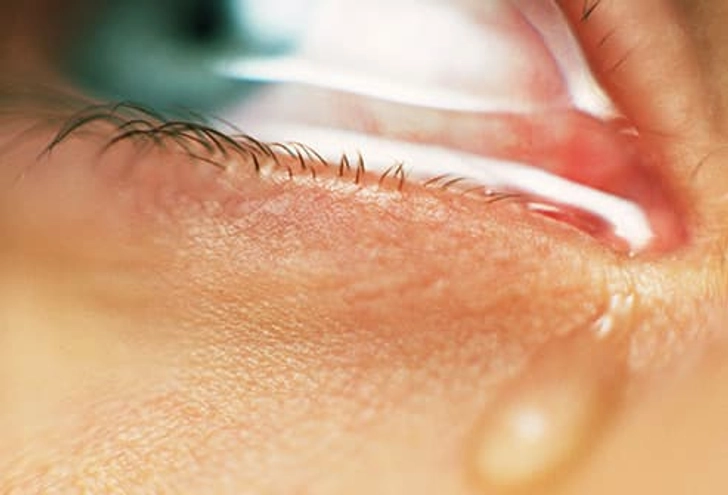
How Do You Get It?
You get Ebola from a person who has the virus. People pass it on to others through their body fluids. Blood, stool, and vomit are the most infectious, but semen, urine, sweat, tears, and breast milk also carry it.
To get Ebola, you’d have to get these fluids in your mouth, nose, eyes, genitals, or a break in your skin. You could also pick it up from items that have fluids on them, such as needles or sheets.

How You Won’t Get Ebola
You can’t get Ebola from casual contact, like sitting next to an infected person. Air and water don’t carry the virus. But kissing or sharing food or drinks with someone who has Ebola could be a risk, as you might get their saliva in your mouth.
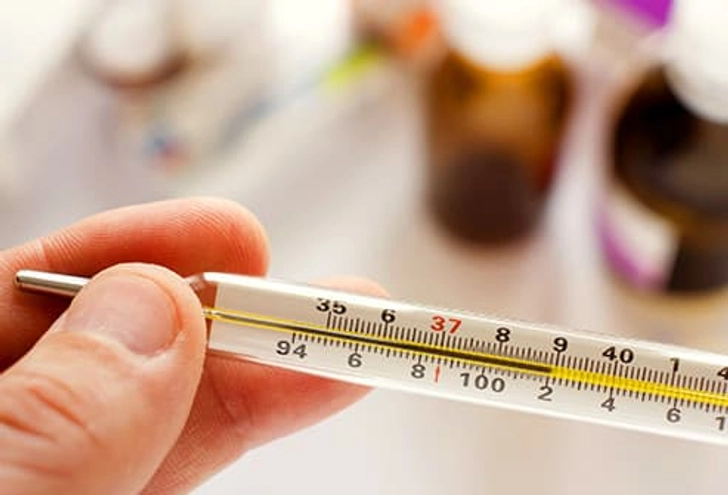
What Are the Symptoms?
Ebola symptoms typically appear 8 to 10 days after infection but can take anywhere from 2 to 21 days. Symptoms can seem like the flu at first — sudden fever, feeling tired, muscle pains, headache, and sore throat.
As the disease gets worse, it can cause vomiting, diarrhea, rash, and bruising or bleeding without any injury, such as from the eyes or gums.

Where Is Ebola?
There have been multiple Ebola outbreaks in humans since 1976, all starting in sub-Saharan Africa, where the viruses are thought to live in bats. More than 15,000 people have died — 11,000 of them in the largest outbreak by far, which started in West Africa in 2014. That outbreak started in Guinea and spread to Sierra Leone, Liberia, and Nigeria. A few cases happened in the U.S., mostly among people returning from West Africa. Two nurses were infected in the U.S. while treating a patient, and both survived the disease.
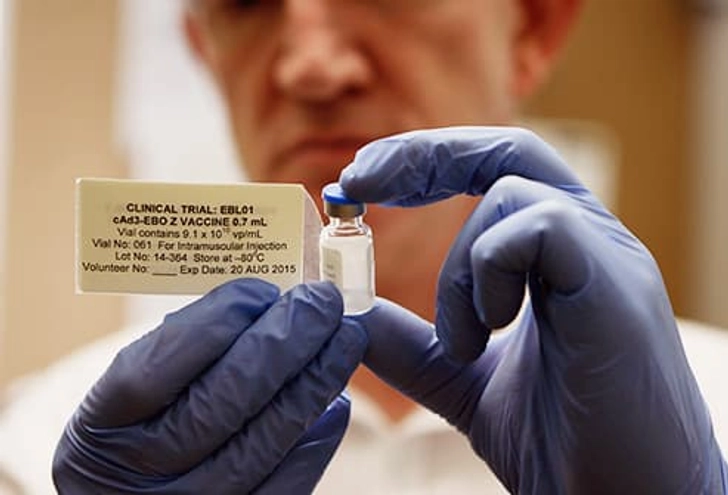
Is There a Vaccine for Ebola?
There are two vaccine regimens available. One, Ervebo, is approved by the U.S. FDA and several other countries to prevent the Zaire strain of Ebola. The European Medicines Agency has allowed the use of a second, two-part vaccine called Zabdeno and Mvabea.
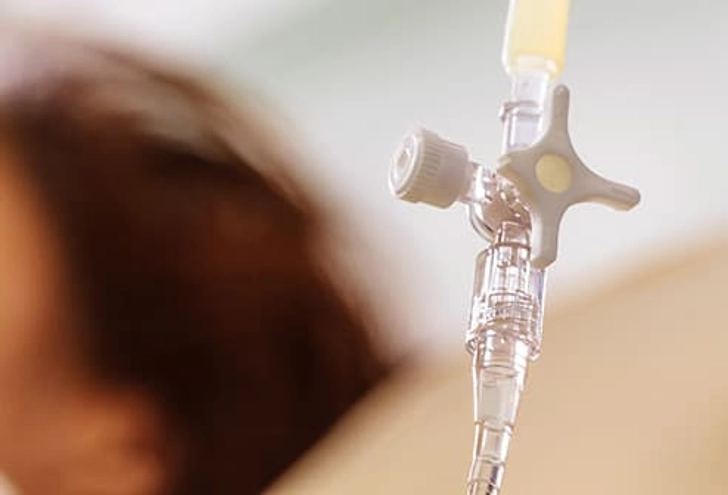
Treatment
Two drugs containing monoclonal antibodies — Inmazeb and Ebanga — are available to treat Ebola disease caused by the Zaire strain of the virus. Ebola survival is also improved by good supportive care, including IV fluids and medicines to stabilize blood pressure and reduce vomiting and diarrhea.

After Ebola
Ebola survivors have proteins called antibodies in their blood that may protect them from the same strain of the virus for 10 years or more. But no one knows if they can get sick from other strains.
The Ebola virus may stay in semen for a few months after a man recovers, so they should avoid sex or use condoms to keep from infecting others. The virus can stay in breast milk for a while after recovery as well.
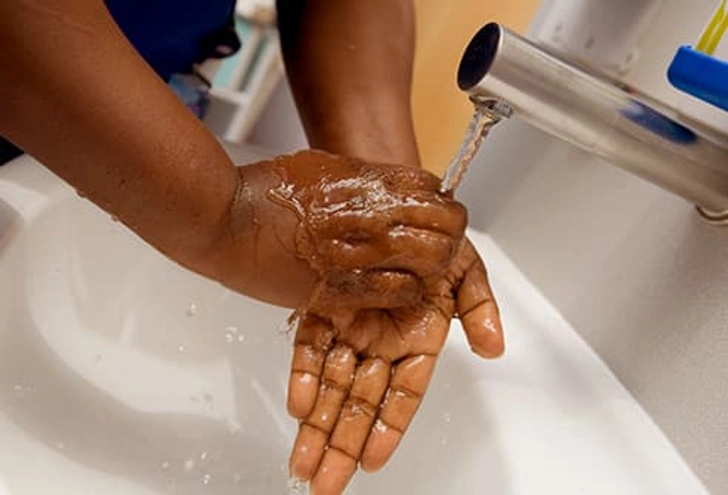
How Can I Prevent It?
If you are in an outbreak area:
- Avoid infected people, their body fluids, and the bodies of anyone who has died from the disease.
- Avoid contact with wild animals, such as bats and monkeys, and their meat.
- Wash your hands often.
- If you are a health worker, follow strict infection control procedures, such as wearing proper masks, gowns, and gloves.
After you leave the area, watch for changes in your health for 21 days. Get medical help right away if you have any symptoms.
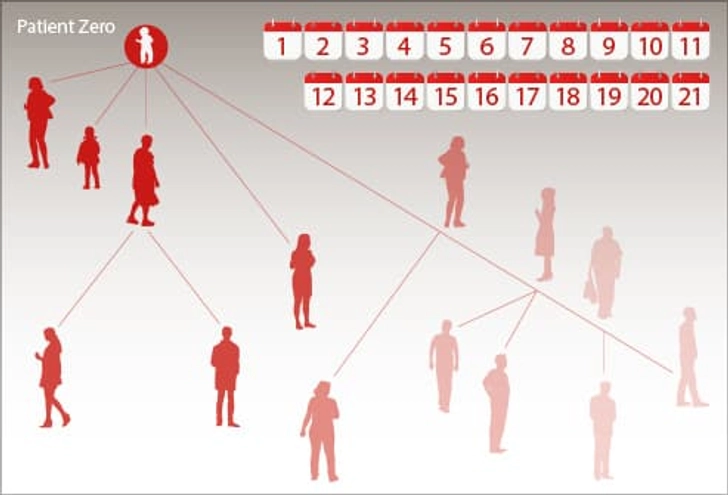
Controlling an Outbreak
Trained public health workers identify every person who might have had contact with an infected person. They watch these people for 21 days. If someone shows signs of Ebola, health care teams test them, treat them, and keep them away from others. Then, the workers track down everyone that person came in contact with as well. The goal is to stop Ebola from spreading further.
IMAGES PROVIDED BY:
- Thinkstock
- Tim Flach/Getty
- John Fedele/Getty
- Thinkstock
- World Health Organization
- Adrian Hill/Getty
- Thinkstock
- Sean Gallup/Getty
- Thinkstock
- WebMD
SOURCES:
Centers for Disease Control and Prevention
Emory University
Journal of Infectious Diseases
Nebraska Medical Center
World Health Organization